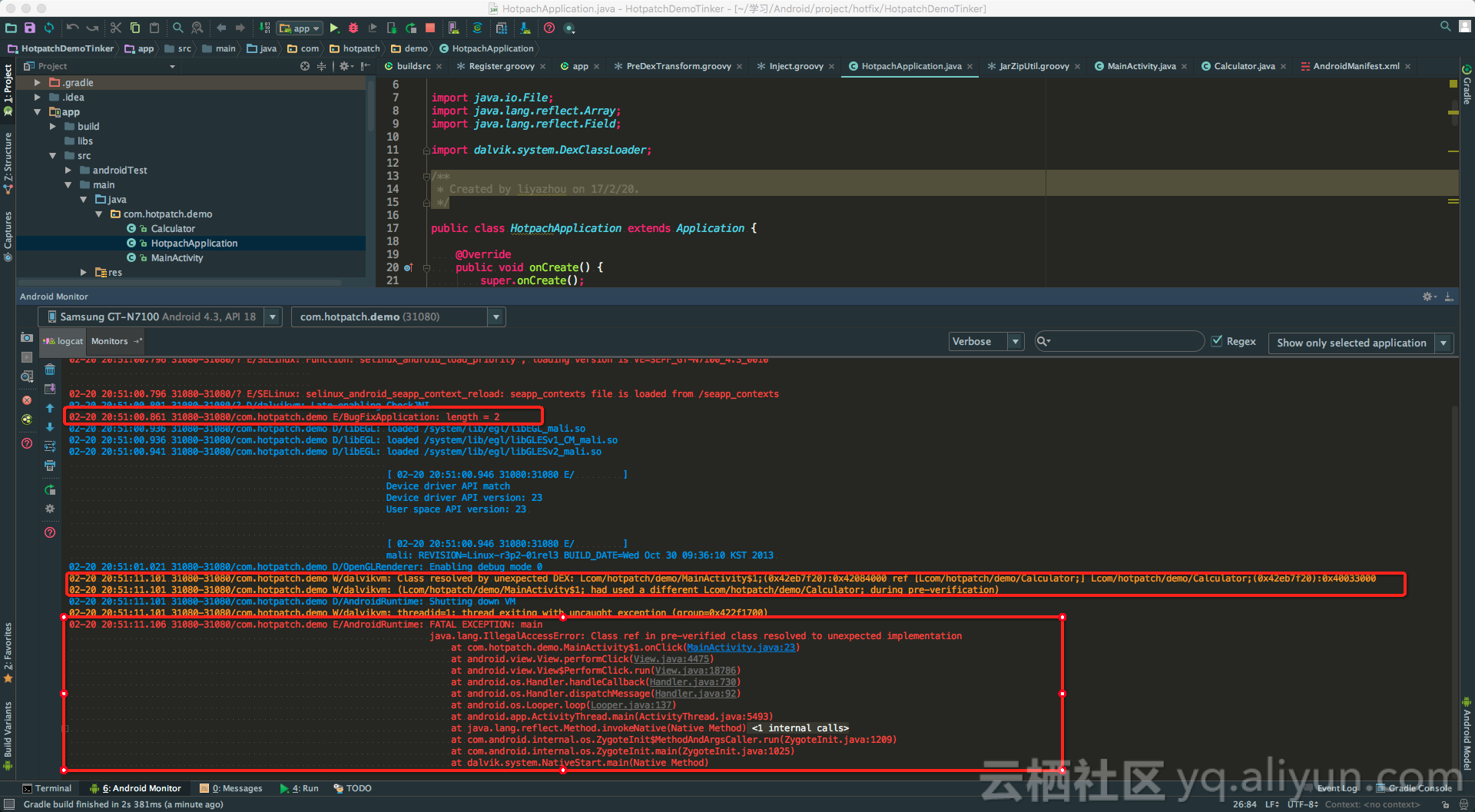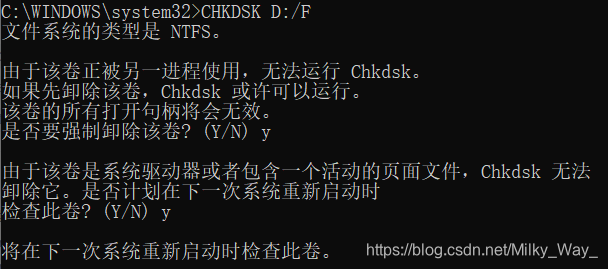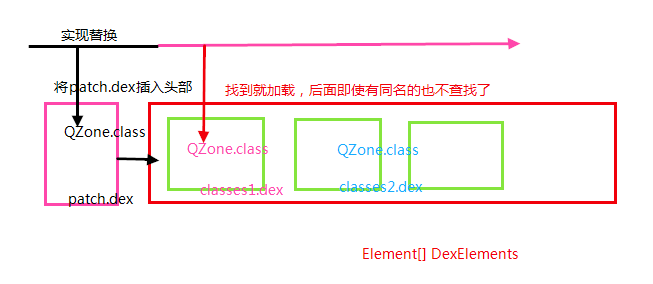先看需求是怎么样的:
再看评论表结构的设计:
create table t_comment
(id varchar(32) primary key, #主键Idcustomer_id varchar(32) not null, #用户Idparent_comment_id varchar(32) not null, #父评论Idcontent_id varchar(32) not null, #评论对象的Idtype int(11), #评论对象的类型content varchar(140) null, #评论内容comment_date varchar(10) null, #评论日期comment_time varchar(12) null, #评论时间state int(11) null #评论的状态 0显示或者1不显示
);
在看实体的设计:
private String id;// idprivate String customerId;// 用户idprivate String parentCommentId;// 父评论idprivate String contentId;// 内容idprivate String content;// 评论内容private String commentDate;// 评论日期private String commentTime;// 评论时间private Integer state;// 评论的状态private Integer type;// 评论类型//=================================private List<Comment> replyComment; // 评论回复信息private Customer customer;// 评论者信息private Customer replyCustomer; // 回复评论的人
以上是Comment实体设计:省略了getter/setter
分析问题的解决方案,我先说说我解决问题的方案:
首先根据我们要评论的对象得Id,查询出评论该对象的所有父评论;
然后根据父评论的Id去查询子评论的信息。
分析完毕后:我们开始写sql:
下面的t_item 为评论对象中的一种类型, 他的类型码为1 所有tco.type = 1
SELECT tco.* FROM t_comment tco LEFT JOIN t_item tit ON tco.content_id = tit.idWHERE tco.parent_comment_id = 0AND tco.type = 1AND tco.state = 0AND tit.id = #{itemId}ORDER BY tco.comment_date DESC, tco.comment_time DESC
以上为查询所有的父评论信息;
然后我们再根据父评论的Id查询子评论的信息:
SELECT tco.* FROM t_comment tco WHERE tco.parent_comment_id = #{parentCommentId} AND tco.state = 0
以上是查询子评论的信息
通过上面的sql,我们只是简单的查询了语句:
我们在看看java中怎么去构建评论的集合
dao的编写:就是把以上的两个sql语句变成两个方法。
根据评论对象的Id查询所有父评论:List<Comment> findParentCommentByItemId(String itemId, int offset, int limit);
根据父评论的Id查询所有子评论:List<Comment> findReplyCommentByCommentId(String parentCommentId, int offset, int limit);
然后我们看service怎么实现:
根据评论对象的Id查询所有评论:List<Comment> findCommentByItemId(String itemId, int offset, int limit);
具体的实现:
public List<Comment> findCommentByItemId(String itemId, int offset, int limit) {List<Comment> comments = commentDao.findParentCommentByItemId(itemId, offset, limit);for(Comment comment : comments){List<Comment> replys = new ArrayList<Comment>(); // 实例化回复的集合comment.setReplyComment(replys); // 设置评论的回复集合String customerId = comment.getCustomerId(); // 获取评论的人的IdCustomer customer = customerService.getCustomerByCustomerId(customerId); // 通过评论人的Id获取评论人的信息comment.setCustomer(customer); // 设置评论的人的信息buildReplyComment(comment, replys, offset, limit); // 构建评论与回复信息}return comments;}
/*** 构建评论与回复评论的关系* @param comment* @param offset* @param limit*/private void buildReplyComment(Comment comment, List<Comment> replys, int offset, int limit){List<Comment> replyComments = commentDao.findReplyCommentByCommentId(comment.getId(), offset, limit); // 获取评论的所有回复replys.addAll(replyComments); // 把所有的回复添加到评论实例化的回复集合中for(Comment c : replyComments){ // 遍历回复中的回复String customerId = c.getCustomerId(); // 获取回复人的idCustomer replyCustomer = customerService.getCustomerByCustomerId(customerId); // 获取回复人信息Customer customer = customerService.getCustomerByCustomerId(comment.getCustomerId()); // 获取评论人的信息c.setCustomer(customer); // 设置评论人的信息c.setReplyCustomer(replyCustomer); // 设置回复人的信息buildReplyComment(c, replys, offset, limit); // 递归调用}}
最后看页面的展示:
<c:forEach var="comment" items="${itemComments}"><span class="ellipsis">【<c:out value="${comment.customer.nickName}" />】:</span> <span class="ellipsis">${comment.content}</span><span class="ellipsis">(<c:out value="${comment.commentDate}" />)</span><br/><c:if test="${!empty comment.replyComment}"><c:forEach var="reply" items="${comment.replyComment}"> 【${reply.replyCustomer.nickName}】回复了【${reply.customer.nickName}】<span class="ellipsis">${reply.content}</span><span class="ellipsis">(<c:out value="${comment.commentDate}" />)</span><br/></c:forEach></c:if></c:forEach>
样式方面需要调整,大体的功能就这个样子了,
还有不足请指出来,谢谢






